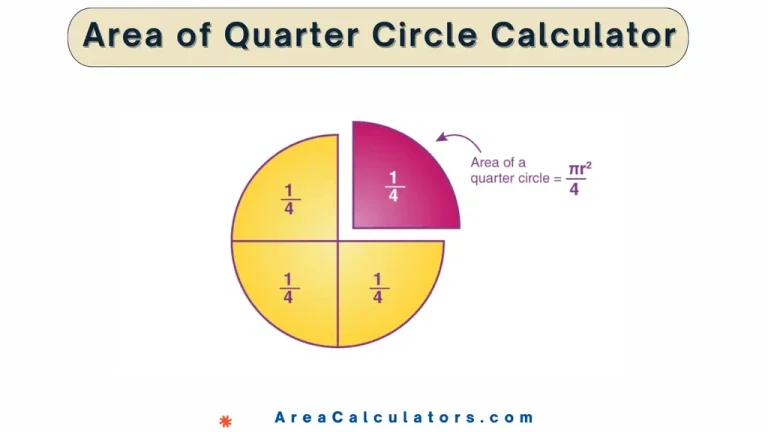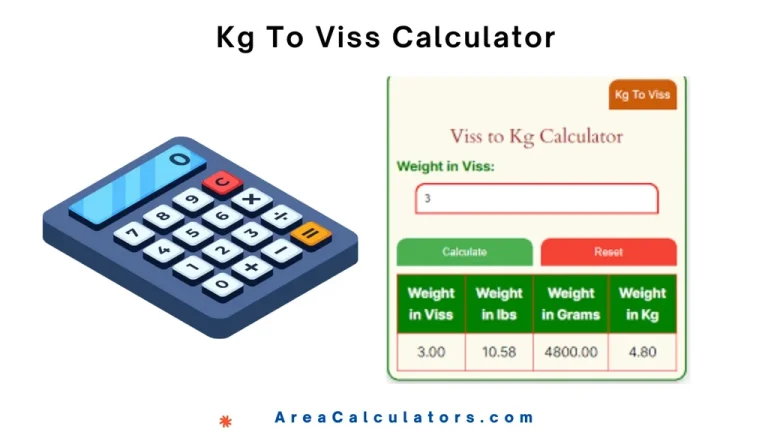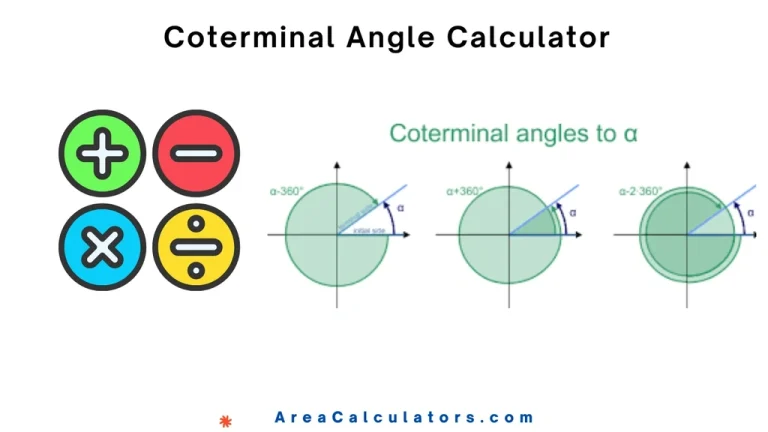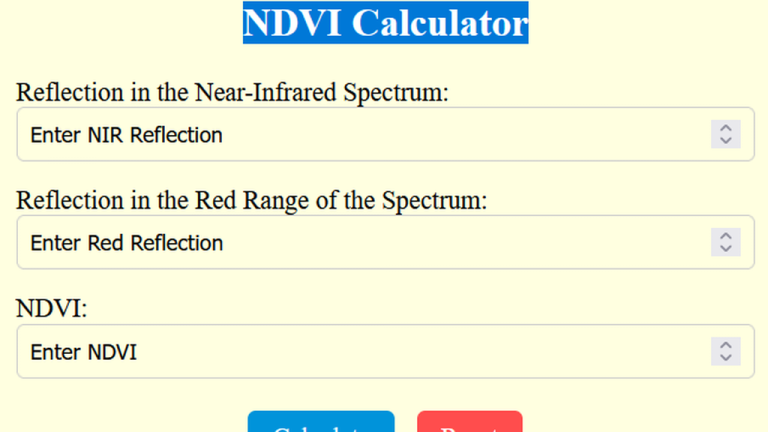To convert Milliliters (mL) to Moles, multiply the solution’s molarity by the volume in liters. This process is common in chemistry for understanding the quantity of substance in a solution.
The ML to Moles Calculator efficiently converts a volume in milliliters to moles. This conversion is crucial for lab work, chemistry experiments, and solution preparation.
Molarity (moles per liter) plays a pivotal role in these calculations, because it equips both the chemists and students with the ability to precisely calculate the amount of solute present. Above all, knowing this conversion aids in balancing equations, conducting experiments, and more.
Formula:
| Variable | Description |
|---|
| n | Number of moles |
| M | Molarity (moles per liter) |
| V | Volume in liters |
Solved Calculations:
Example 1: Calculate moles if M=0.5mol/L and V=0.1L.
| Step | Calculation | Result |
|---|
| 1 | n = 0.5 * 0.1 | 0.05 moles |
| Answer | 0.05 moles | |
Example 2: Calculate moles if M=1.2mol/L and V=0.25L.
| Step | Calculation | Result |
|---|
| 1 | n = 1.2 * 0.25 | 0.3 moles |
| Answer | 0.3 moles | |
What is an ML to Moles Calculator?
The ML to Moles Calculator is a pretty handy tool for converting milliliters (mL) to moles. It allows you to calculate the number of moles in a solution based on its volume and concentration. This calculation is vital in chemistry for preparing solutions and understanding reactions.
To perform the conversion, the calculator uses the molarity formula: moles = molarity × volume (in liters). By entering the volume in mL and the concentration in molarity (M), the calculator can provide the result in moles.
This process is straightforward when molarity is known; however, it’s also possible to convert mL to moles without molarity if additional details, such as density and molecular weight, are available.
Whether you’re converting grams to moles, using mg/mL to molarity, or working through mole-mass calculations, this calculator streamlines the process. It’s particularly useful for laboratory work and academic purposes, as it ensures accuracy in solution preparation and chemical analysis.
Final Words:
To wrap it up, with the ML to Moles Calculator, converting liquid volumes to moles becomes simple and efficient, enabling quick and accurate solution calculations essential in chemistry.





